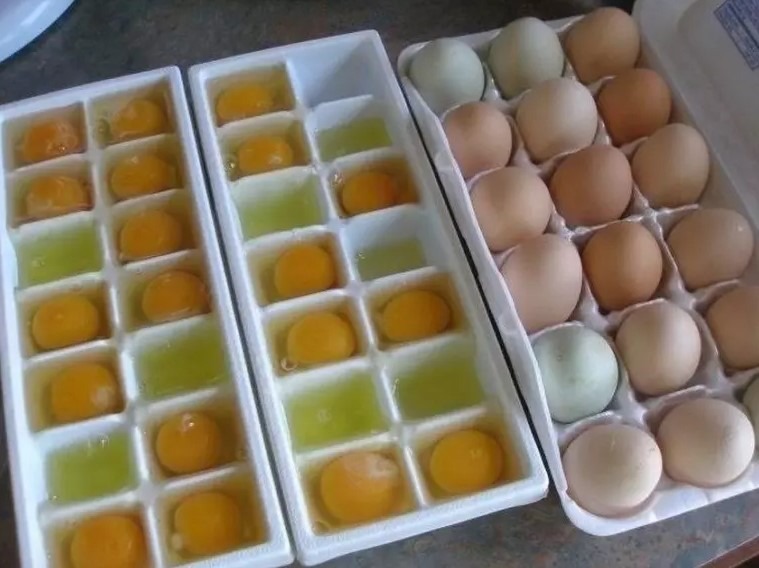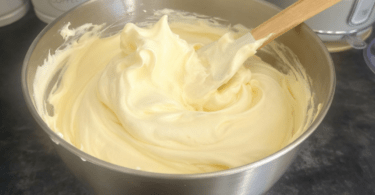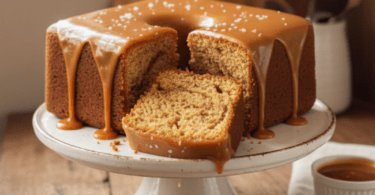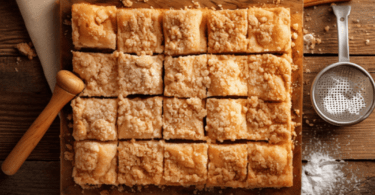Freezing eggs is a great way to preserve them for later use, and it’s a simple process that can be done in the comfort of your own home. Eggs can be frozen in their shells, or they can be broken and frozen in an airtight container. In this article, we will discuss the materials needed, tips, and tricks for freezing eggs.
Materials Needed:
Eggs
Plastic wrap or aluminum foil
Airtight container or freezer bag
Marker or label
Instructions:
Start by selecting eggs that are fresh and have no cracks.
For eggs in the shell, gently tap each egg on a hard surface to crack the shell slightly. This will prevent the egg from expanding and cracking in the freezer.
For broken eggs, crack them into a bowl or container and beat them until they are well mixed.
Next, wrap each egg in plastic wrap or aluminum foil to protect it from freezer burn.
Label the eggs with the date they were frozen and the type of egg (whole or beaten)
Place the wrapped eggs in an airtight container or freezer bag and place them in the freezer.
Tips and Tricks:
It’s best to use eggs within a year of freezing them, as their quality may decline after that.
To thaw frozen eggs, place them in the refrigerator for 24 hours before using them.
Frozen eggs may not be suitable for dishes that require the whites and yolks to be beaten separately, as they tend to become rubbery when thawed.
Frozen eggs can be used for baking and cooking, but they may not be suitable for dishes that require a fluffy texture, such as meringues.
Before using frozen eggs, make sure to give them a good sniff. If they have any off-odors or smell spoiled, do not use them.
Freezing eggs is a great way to preserve them and extend their shelf life. With the right materials, tips, and tricks, you can easily freeze eggs at home and have them on hand for later use. Keep in mind that frozen eggs may not be suitable for all dishes, but they are perfect for baking and cooking.








